Honolulu’s stunning natural beauty has long captivated visitors, but its history is marked by a darker, more complex narrative. Through "Through A Glass Darkly: The Strange and Tragic History of Honolulu," readers uncover the profound sorrow that has shaped this island city. From the overthrow of the Hawaiian monarchy to the internment of Japanese Americans, the book reveals a legacy of colonialism and inequality that continues to reverberate today. What secrets lie beneath Honolulu’s paradisiacal facade?
Key Points

-
Honolulu’s vibrant modern facade belies its troubled past, marked by the overthrow of the Hawaiian monarchy and the devastating attack on Pearl Harbor.
-
The Iolani Palace, where the last Hawaiian queen was imprisoned, serves as a poignant reminder of the loss of Hawaiian sovereignty and the consequences of colonialism.
-
The USS Arizona Memorial commemorates the lives lost during the attack on Pearl Harbor, a pivotal event that propelled the United States into World War II.
-
The forced relocation and incarceration of over 110,000 Japanese Americans during WWII in Honolulu highlights the erosion of civil liberties and the impact of anti-Japanese sentiment.
-
Honolulu’s legacy of colonialism and inequality continues to shape the city, with the dispossession of Native Hawaiian lands, economic disparities, and the displacement of long-time residents by gentrification and tourism.
Honolulu’s Haunting Past
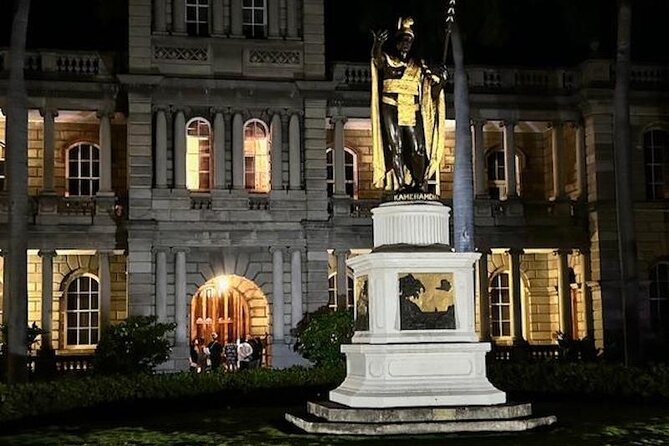
Though Honolulu is known today as a vibrant, modern city, it has a haunting past that continues to captivate visitors.
From the overthrow of the Hawaiian monarchy to the devastating attack on Pearl Harbor, the island’s history is marked by tragedy and turmoil.
Visitors can explore the echoes of the past at sites like Iolani Palace, where the last Hawaiian queen was imprisoned, and the USS Arizona Memorial, a somber reminder of the lives lost during World War II.
These haunting reminders of Honolulu’s tumultuous history add a layer of depth and complexity to the city’s allure.
Fascinated by Oahu's past? More historical tours we've covered
Tragic Demise of the Hawaiian Kingdom
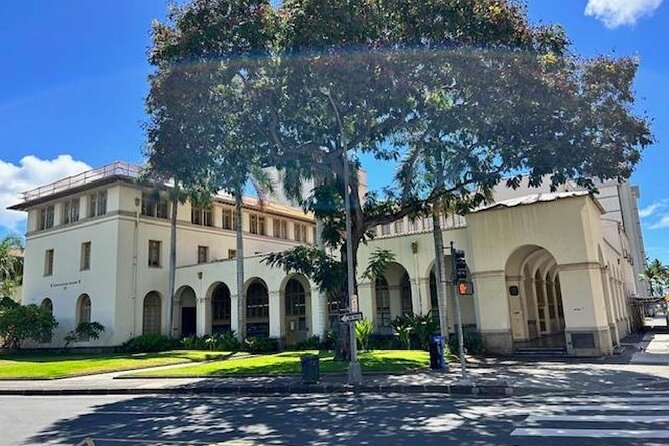
The Hawaiian Kingdom, once a thriving and independent nation, met a tragic end in the late 19th century. The illegal overthrow of the Hawaiian monarchy in 1893, orchestrated by American business interests, marked the beginning of the end. The Hawaiian people were stripped of their sovereignty, their land, and their cultural heritage. This dark chapter in history is a cautionary tale of the consequences of colonialism and the abuse of power.
| Key Events | Impacts |
|---|---|
| Overthrow of Hawaiian Monarchy | Loss of sovereignty |
| Annexation by the United States | Displacement of native Hawaiians |
| Suppression of Hawaiian language and culture | Erasure of cultural identity |
Overthrow of the Queen and Rise of the Oligarchy
After the overthrow of the Hawaiian Kingdom in 1893, a small group of American business interests and their political allies seized control of the islands. They quickly formed a provisional government, drafted a new constitution, and established a republic – all while Queen Liliʻuokalani was placed under house arrest.
This oligarchy:
- Consolidated power by restricting voting rights and marginalizing native Hawaiians
- Exploited the islands’ resources and labor for their own economic gain
- Sought annexation to the United States, which occurred in 1898 despite significant Hawaiian resistance
The overthrow marked the tragic end of the Hawaiian monarchy and the beginning of a long struggle for native rights and self-determination.
Internment of Japanese Americans During WWII
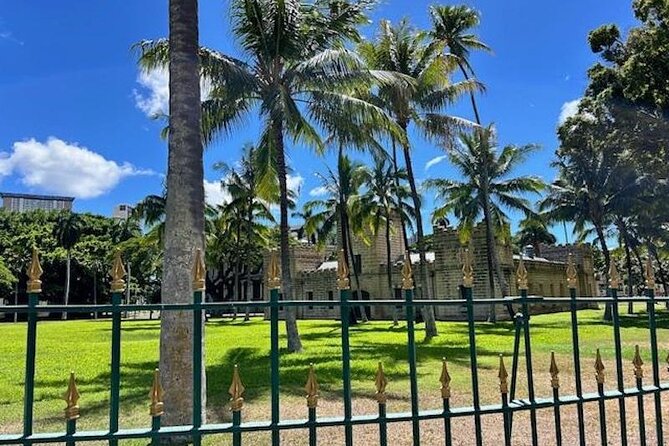
During World War II, the United States government forcibly relocated and imprisoned over 110,000 Japanese Americans, most of whom were U.S. citizens, based solely on their ethnic background.
This mass incarceration, often referred to as the Japanese internment, was driven by widespread anti-Japanese sentiment and unfounded fears of sabotage and espionage.
Families were uprooted from their homes and businesses, forced to abandon their possessions, and confined in remote, harsh detention camps.
The internment had devastating psychological and economic impacts on the Japanese American community, eroding civil liberties and undermining the principles of a democratic society.
The Darker Side of Paradise: Prostitution and Vice
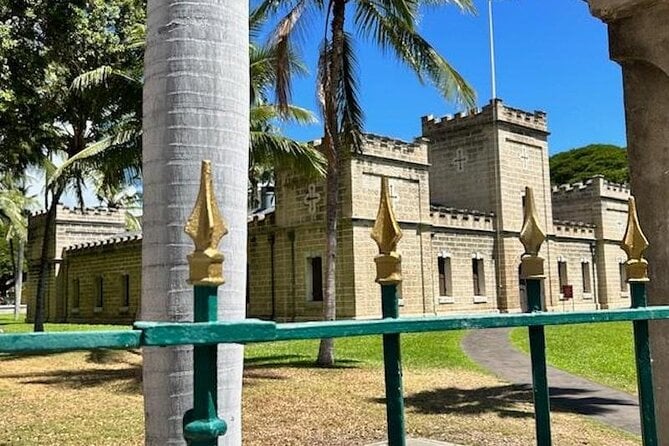
Although Honolulu was often promoted as a tropical paradise, it also harbored a dark underbelly of vice and exploitation.
During the late 19th and early 20th centuries, the city’s Chinatown became notorious for its seedy brothels, opium dens, and gambling houses.
Vulnerable immigrant communities, including Chinese, Japanese, and Hawaiian women, were frequently ensnared in these illicit enterprises, facing exploitation, abuse, and limited avenues for escape.
The city’s police force, often complicit in these activities, turned a blind eye or even profited from the trade, further compounding the despair of those trapped in Honolulu’s shadows.
Racial Tensions and the Massie Affair
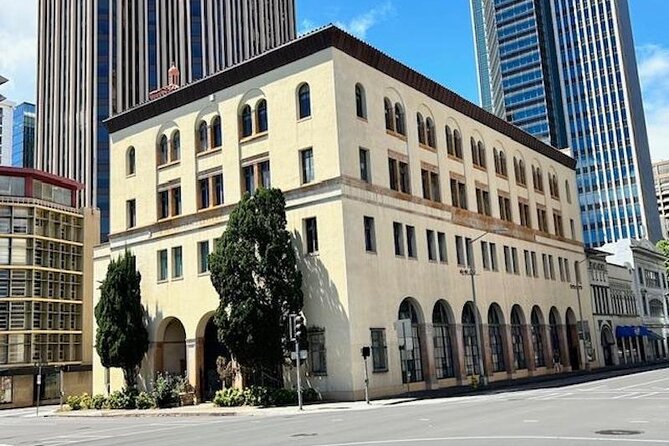
Tensions simmered beneath Honolulu’s tropical veneer, as racial divides and prejudices permeated the city. The Massie Affair, a high-profile case in 1931, exemplified these tensions. When a white woman claimed she was assaulted by non-white men, a violent vigilante response followed, revealing deep-seated racism. This tragic event highlighted the complex social dynamics in Honolulu, where power structures favored the white elite.
| Racial Tensions | Social Dynamics | Vigilante Response |
|---|---|---|
| White privilege | Racial divides | Violent retaliation |
| Prejudice | Power structures | Lack of justice |
| Inequality | Discrimination | Societal upheaval |
| Unrest | Marginalization | Lasting impact |
| Conflict | Injustice | Tragic aftermath |
Emergence of the Pineapple Industry and Labor Exploitation
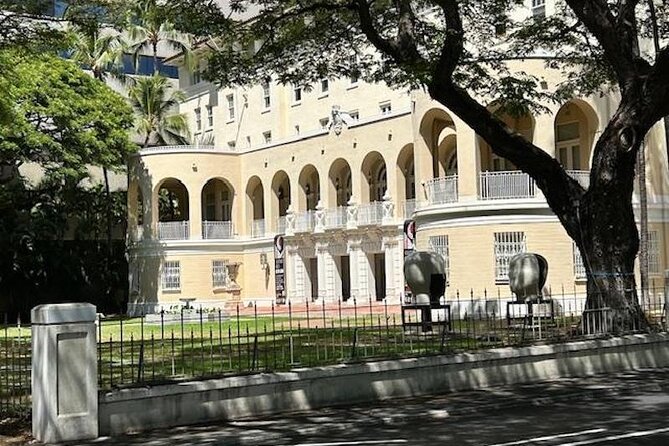
As the 20th century dawned, the pineapple industry emerged as a dominant economic force in Honolulu, transforming the landscape and workforce. Vast plantations sprung up, luring workers from across the Pacific:
-
Japanese immigrants toiled under harsh conditions, often living in squalid labor camps.
-
Native Hawaiians were displaced from their land, forced to seek employment on the plantations.
-
Filipino workers, recruited as contract laborers, faced exploitation and discrimination.
The pineapple barons amassed wealth, while the workers struggled with low wages, long hours, and deplorable living standards, sowing the seeds of social unrest that would erupt in the decades to come.
Enduring Legacies of Colonialism and Inequality
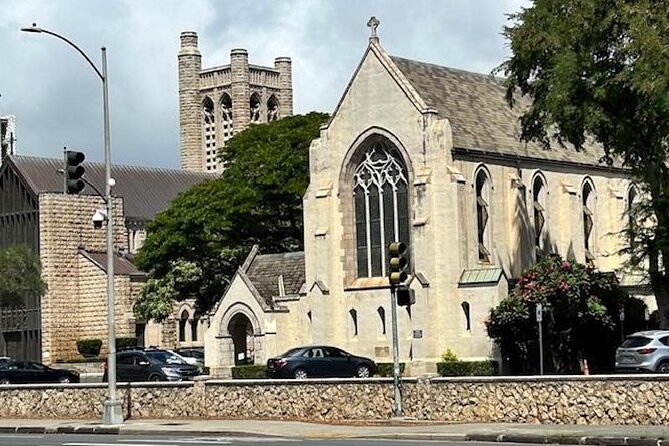
The legacy of colonialism and inequality persists in Honolulu, profoundly shaping the city’s development and social fabric.
The dispossession of Native Hawaiian lands, marginalization of Indigenous cultures, and exploitation of immigrant labor continue to manifest in staggering economic disparities, racial segregation, and limited access to resources.
Gentrification displaces long-time residents, while the tourist industry perpetuates colonial narratives.
Confronting this complex history remains critical, as genuine reconciliation and equitable progress require acknowledging how past injustices have entrenched present-day inequality.
Addressing Honolulu’s fragmented social landscape demands sustained commitment to dismantling systemic barriers and centering the voices and experiences of marginalized communities.
Frequently Asked Questions
Is the Tour Wheelchair Accessible?
The tour is wheelchair accessible, including the surfaces and transportation. The guide also provides assistance for travelers who need help with stairs or inclines.
What Is the Cancellation Policy for This Tour?
The cancellation policy offers free cancellation up to 24 hours before the tour starts. Travelers can reserve now and pay later for this experience.
Can I Bring My Service Animal on the Tour?
Yes, service animals are allowed on the tour. According to the information provided, the tour is wheelchair and stroller accessible, and service animals are permitted to accompany travelers on the experience.
Is There an Online Resource for Additional Hawaiian History Content?
According to the overview, the tour provides access to thousands of free Hawaiian history videos online, which can serve as an additional resource for those interested in learning more about the history of Hawaii and Honolulu.
What Is the Maximum Group Size for This Tour?
The maximum group size for this tour is 20 travelers. The tour is designed to provide a more intimate and personalized experience for participants.
The Sum Up
Honolulu’s history is a complex tapestry of beauty and sorrow. The overthrow of the Hawaiian monarchy, the internment of Japanese Americans, and the exploitation of workers all reflect a legacy of colonialism that continues to shape the lives of Hawaiians today. While the city is celebrated for its natural splendor, the darker aspects of its past cannot be ignored, serving as a poignant reminder of the fragility of civil liberties and the importance of confronting historical injustices.
More Historical Tours in Oahu
- Historical Tour of Downtown Honolulu in Red Light District
- Heritage Trail Review: Explore Honolulu’s Royal Legacy
- Waikiki Military and Entertainment History GPS-Led Walking Tour
- Historic Downtown Honolulu Walking Audio Tour Guide
- Honolulu Heritage: A Walk Through History
- Oahu Small Group Shore Excursion: WWII The Full History
More Tour Reviews in Oahu
- Honolulu Hustle Scavenger Hunt
- Round Trip North Shore Shuttle From Waikiki to Haleiwa Town / Haleiwa Harbor
- Whale Watching and Sunrise Breakfast Cruise in Honolulu
- Splatter Art Paint Studio Experience in Hawaii
- Oahu to Maui 1 Day Trip : Road to Hana Day Trip From Oahu With Air Ticket
- Hawaii Beach Picnic Date
Not for you? Here's more things to do in Oahu we have recnetly reviewed
- 15 Best Canoe And Kayak Experiences In Oahu
- 25 Best Canoe And Kayak Experiences In Oahu
- 25 Best Cruises And Boat Tours In Oahu
- 11 Best Dining Experiences In Oahu
- 9 Best Full-Day Tours In Oahu
- 23 Best Helicopter Flights And Tours In Oahu
- 3 Best Jet-Ski Experiences In Oahu
- 4 Best Coffee Tours And Tastings In Oahu
- 13 Best Massage And Relaxation Services In Oahu
- 20 Best Photography Experiences In Oahu
- 10 Best Dinner Tours In Oahu
- 7 Best Food Tours In Oahu
